EVs, Fires and Hiding Inconvenient Truths
Official Information from Fire & Emergency New Zealand (FENZ) raises serious concerns
On Friday last week, dark, toxic smoke and fumes bellowed out over another residential town in New Zealand. This time at a fuel station. What was in that truck that caught fire? Yup, lithium-ion batteries and tyres.
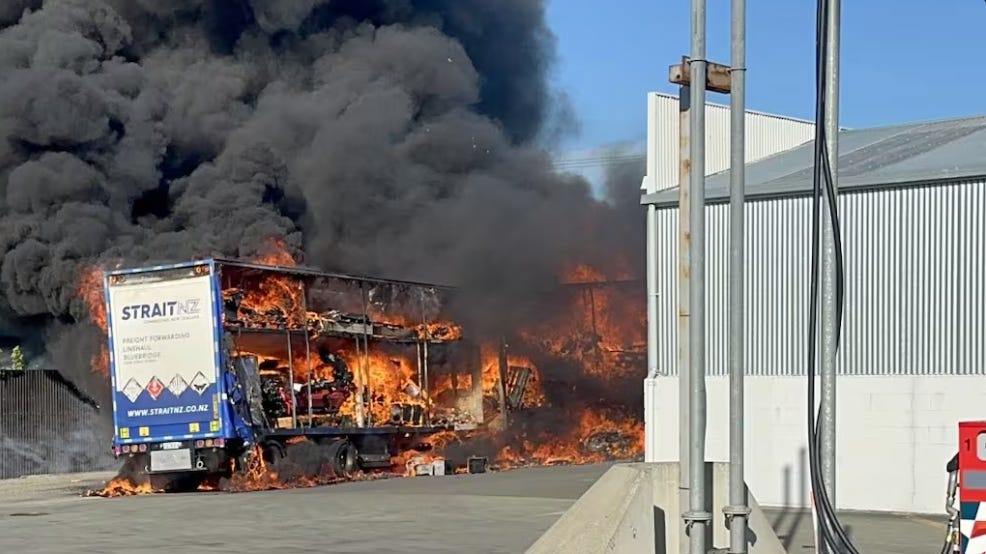
It’s been nearly five years since Fire and Emergency NZ published this commissioned report (which was actually very good) about the health and safety risks involved, to their staff, volunteers and the public, from lithium-ion fires:
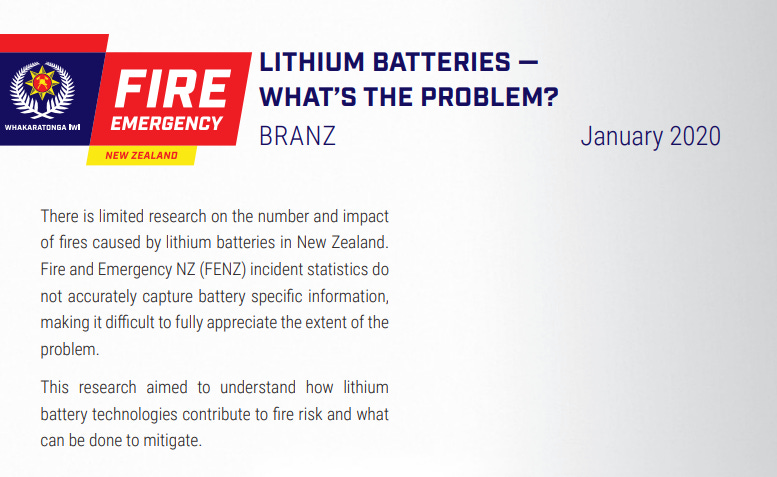
It would appear that despite the authors of this report pointing out the serious gaps in recording this important data, FENZ is still reluctant to admit the cause of these types of dangerous fires. Is this deliberate hidden data? If so, under who’s instruction? This latest ‘Incident Report’ for the above fire in Sanson on the FENZ website confirms the policy in action:

Even without the data being officially recorded, we know about the increasing numbers of incidents in New Zealand (and internationally) involving lithium-ion fires. We’re not stupid. There are more of these batteries in use (and more being messed-around with and damaged) than ever before.
So, I thought I’d ask what guidance, training or advice had been offered to FENZ staff since then.
Apparently, none.
In response to an Official Information Act (OIA) request [Ref 14498], I discovered correspondence from 2018 and 2020, and a reminder ‘Bulletin’ to staff dated August 2023. However, no change in advice or clarification of ambiguity has been offered by FENZ leadership in recent times. Perhaps even worse than that, no special Personal Protective Equipment (PPE) has been provided for staff for these fires. I am told there is simply no budget available for these precautions. To quote:
Q: Can you also provide details of special equipment or tools or PPE connected with this knowledge, whether current or pending, and the associated budgeted costs?
“There is no special equipment or PPE that is to be used specifically for lithium-ion battery fires. The fires are managed using standard equipment and PPE. As there is no special equipment, we do not have associated budgeted costs. Consequently, this portion of your request is refused under section 18(e) of the OIA, as the documents alleged to contain the information requested do not exist.”
I’d like to remind my readers that FENZ is a service largely run by volunteers. More specifically, 11,700 volunteers vs 2,864 paid staff. This is because of our sparse population in rural landscapes, and other social issues. Fire & Emergency don’t just tackle fires, they are also frequently involved in all kinds of emergency situations, and are often skilled, trained paramedics. They are also involved in workplace training programmes, fire permits and surveys. For context, I will add here the research I did into what happened at FENZ during the height of Jacinda Ardern’s totalitarian covid regime:
It was unsurprising that reading through the official ‘Guidance’ to FENZ volunteers and staff, it seems pitched at a pretty basic level, for instance this:
There is an obsessive promotion of EVs by councils everywhere in urban areas, in pursuit of 15-Minute Cities, including e-Scooters being abandoned in dense residential areas. Fire risks could be an issue
may like to pursue? A shout out to who has lots of crucial information about this topic from Oz. What kind of training and PPE do our Aussie cousins have for EV fires?The only training on lithium-ion fires available for FENZ volunteers and staff appears to be an online eLearning platform which includes 3 modules of ‘context’ and 2 of the actual response procedures (I wonder what its contents are?):
Cheaply-constructed, new high-density housing estates are spreading like an ugly rash over cities like Hamilton, NZ. These estates often have limited access for large vehicles like fire trucks. In the roads alongside these houses, speed bumps and other ‘traffic calming measures’ make FENZ drivers anxious. Homes share community spaces like integral garages, where multiple lithium-ion devices are undoubtedly left to charge [overnight]. Very real dangers are present in these pre-fab-type homes that are often tenanted by vulnerable young (immigrant) families. And how do already-understaffed, covid-jab mandated, volunteer fire-fighters respond to such fires? Where is their training, special equipment and PPE?
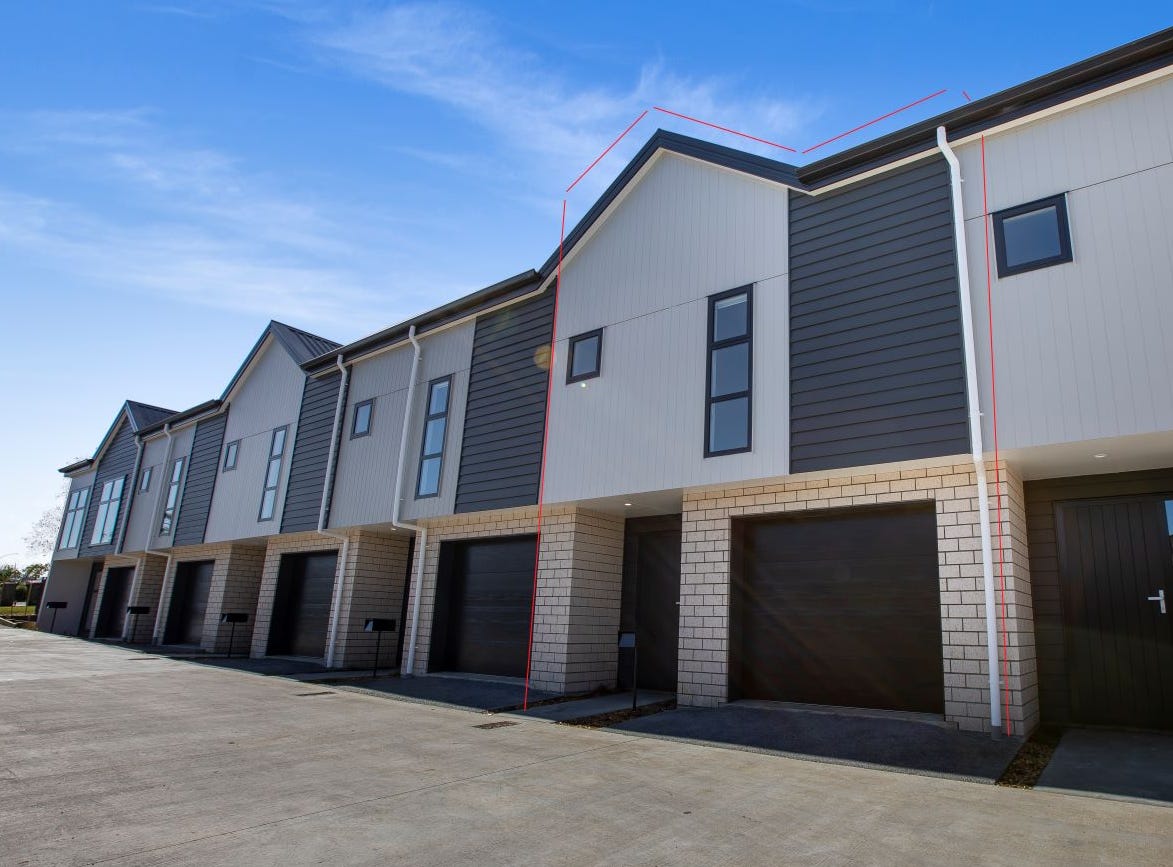
The longer FENZ management try to hide the growing numbers of these lethal lithium-ion fires, the less likely FENZ will be allocating any funds to deal with the very real dangers. Lives are at risk. This issue is a ticking time-bomb.





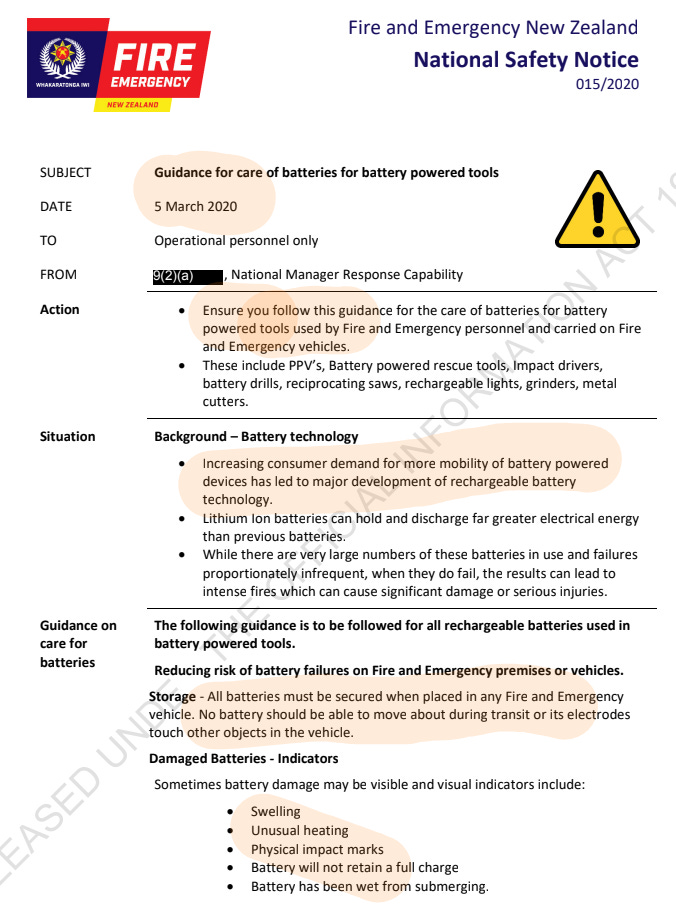
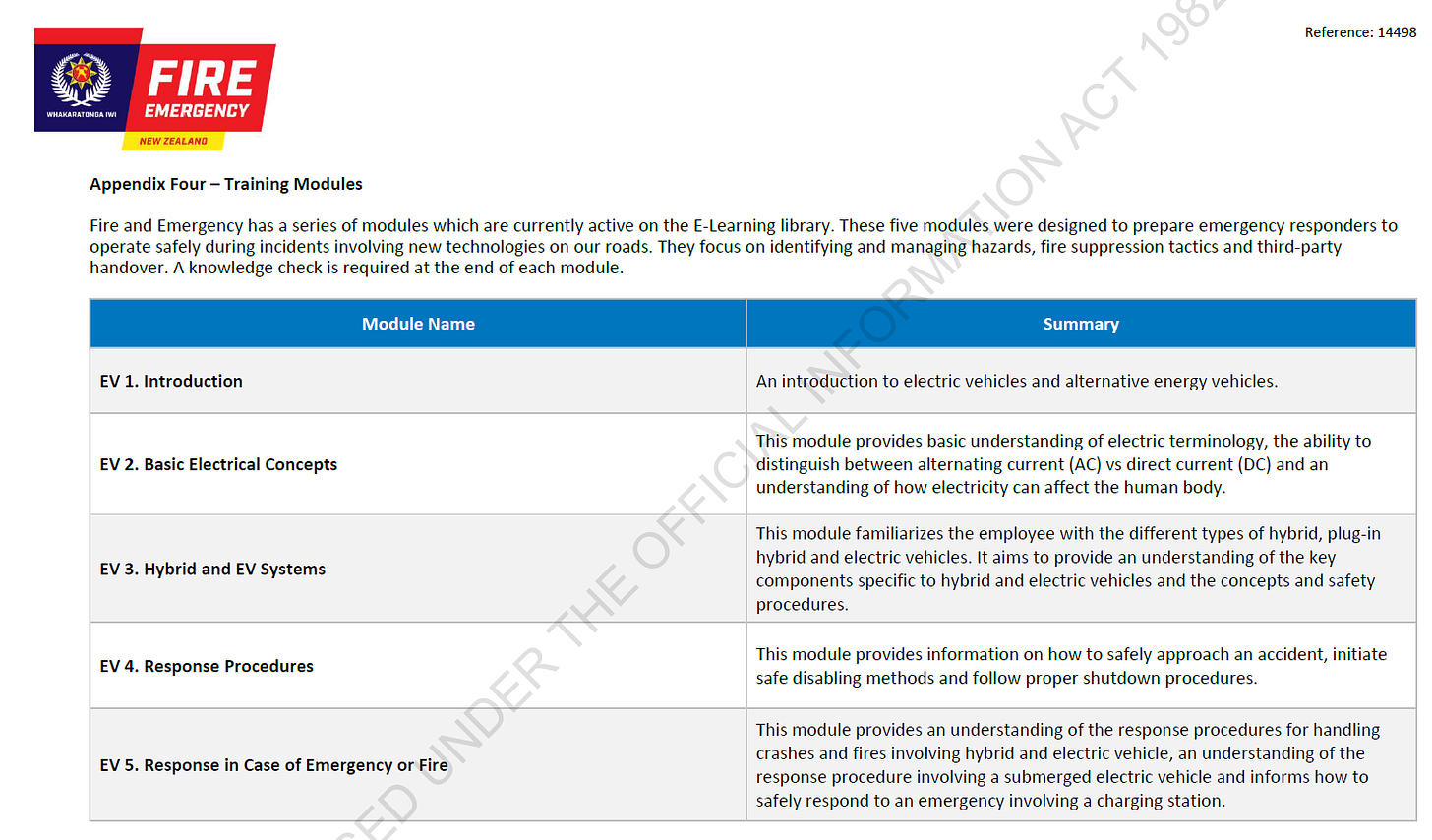
More excellent work. Thanks Ursula.
Well I for one hadn't heard about that fire at a Sanson petrol station.
Nor had the two other people whom I just told about it.
Good point you make Ursula.
Given the cost of insurance and some going without insurance.